When to Cut Back Lavender: Time Your Trimming for Healthy Plants
Lavender, with its fragrant blossoms and versatile uses, is a beloved addition to gardens and landscapes. To ensure your lavender plants thrive and maintain their vibrant beauty, it’s essential to understand when and how to trim them. Pruning lavender at the right time and in the correct manner can lead to healthier, more robust plants that continue to flourish year after year. In this guide, we’ll delve into the details of when and how to cut back lavender to achieve the best results for your garden.
Understanding the Lavender Plant
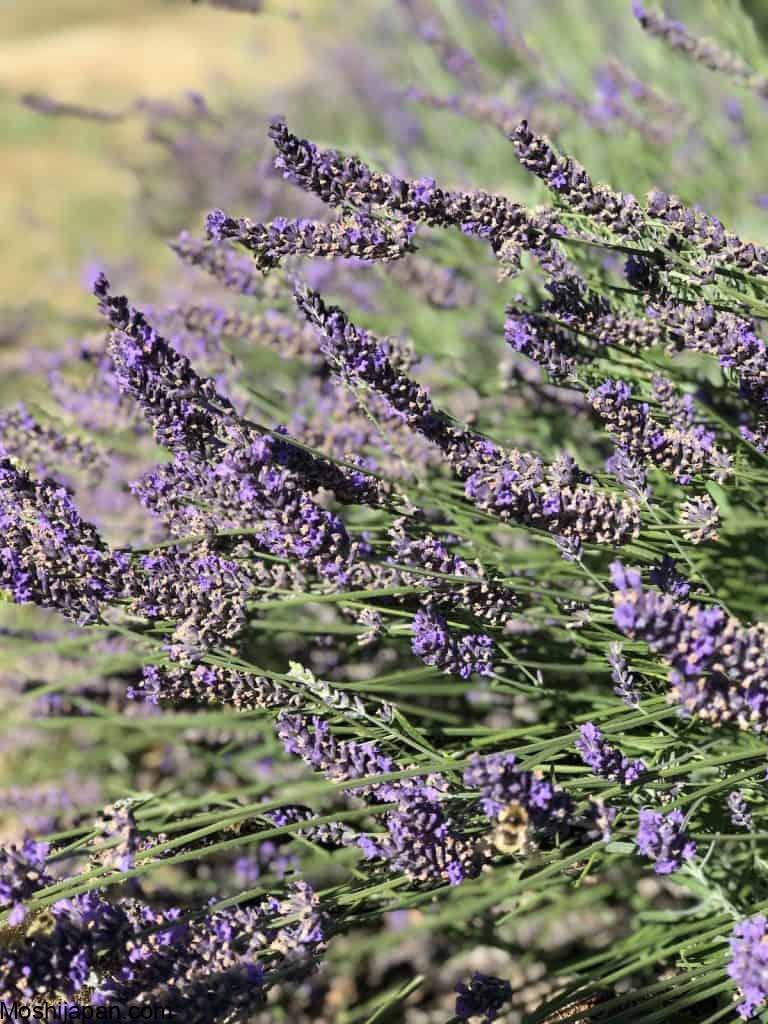
Before we dive into the art of trimming lavender, let’s familiarize ourselves with this aromatic herb. Lavender, scientifically known as Lavandula, is a perennial plant celebrated for its fragrant, narrow leaves and striking purple flowers. It’s a versatile addition to your garden, not only for its aesthetic appeal but also for its numerous culinary and medicinal uses.
Lavender is native to the Mediterranean region, which means it thrives in hot, sunny conditions and well-drained soil. It’s a resilient plant, capable of enduring droughts and thriving in low-nutrient soils, making it a favorite for gardeners with diverse landscapes.
The Best Time to Trim Lavender
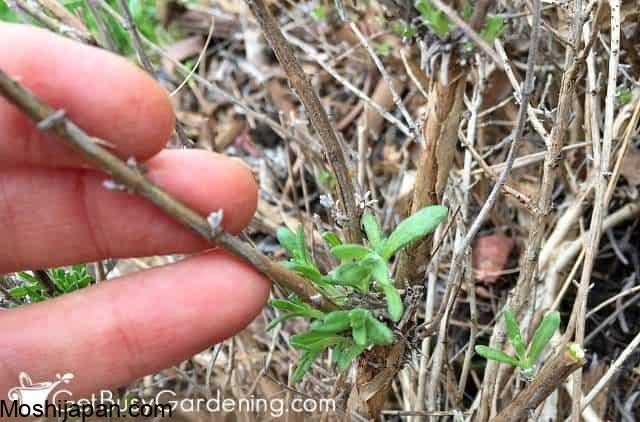
Trimming lavender at the right time is crucial for its overall health and longevity. Lavender plants are typically pruned twice a year, in the spring and late summer. Let’s explore the ideal timing for each pruning session:
Spring Pruning
Early Spring (Late March to Early April): In the early spring, as new growth begins to emerge, it’s time for the first pruning of the year. Trim back the lavender to remove any dead or damaged branches. Be sure not to cut into the woody parts of the stems, as this can harm the plant. This early spring pruning helps promote fresh, healthy growth.
Late Spring (May to June): A second spring pruning can be beneficial, especially for established lavender plants. Lightly trim the top one-third of the plant, just after the first flush of blooms. This encourages bushier growth and prolongs the flowering season.
Late Summer Pruning
Late Summer (August to September): As the summer season comes to an end, it’s time for the final pruning of the year. After the main blooming period, trim back the lavender to shape it and remove spent flower stalks. This late summer pruning prevents the plant from becoming too woody and encourages a neat, compact appearance.
Pruning Techniques
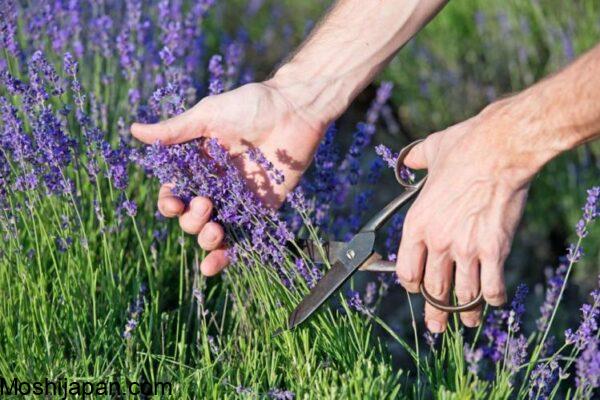
The key to successful lavender trimming lies in the right technique. Here are some tips to ensure you’re cutting back your lavender correctly:
- Use Clean, Sharp Pruning Shears: Always use clean and sharp pruning shears to avoid damaging the plant. Dull blades can crush the stems, making it harder for the plant to heal.
- Cut Above the Woody Growth: When trimming, make sure to cut just above the woody part of the stem, leaving a small portion of green growth. This encourages new growth and prevents your lavender from becoming too woody.
- Don’t Overdo It: Avoid cutting too much at once, as this can stress the plant. It’s better to trim lightly and perform multiple sessions if necessary.
- Dispose of Pruned Material: Remove the pruned material from your garden to prevent the spread of diseases or pests.
Benefits of Proper Lavender Pruning
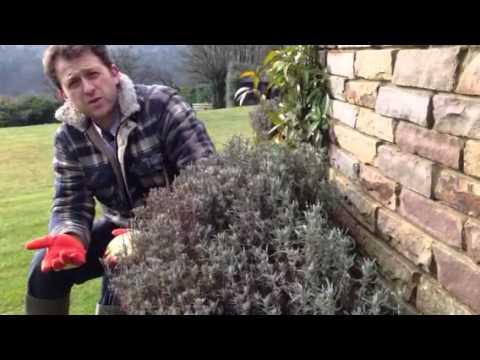
Pruning lavender at the right time and using the correct technique offers several benefits to your plants and garden:
- Healthier Plants: Regular pruning removes dead and diseased growth, allowing your lavender to allocate more resources to healthy parts.
- Extended Blooming Period: Pruning after the first bloom encourages a second flush of flowers, extending the lavender’s blooming season.
- Better Air Circulation: Proper spacing and pruning help improve air circulation around the plants, reducing the risk of diseases and mildew.
- Aesthetic Appeal: Well-pruned lavender plants maintain a neat and tidy appearance, enhancing the overall beauty of your garden.
FAQs About Lavender Trimming
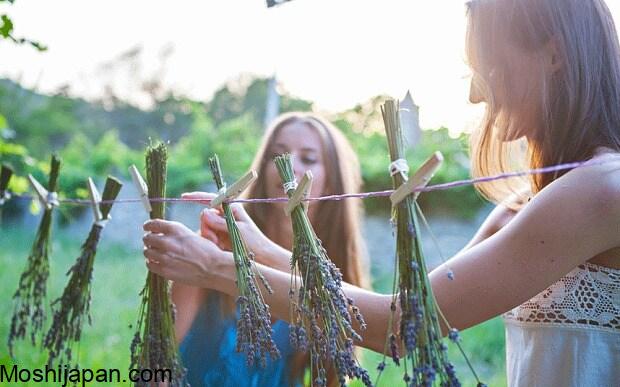
Q: Can I trim my lavender in the winter?
A: It’s best to avoid trimming lavender in the winter, as this can leave the plant vulnerable to cold temperatures. Stick to the recommended spring and late summer pruning times for optimal results.
Q: How far down should I cut my lavender?
A: When pruning, aim to cut just above the woody part of the stem, leaving some green growth. This ensures the plant can rejuvenate itself.
Q: What should I do with the pruned lavender?
A: Dispose of the pruned material in your compost or green waste bin to prevent the spread of diseases or pests.
Q: Can I use the pruned lavender for anything?
A: Absolutely! The pruned lavender can be dried and used in various crafts, potpourri, or even for culinary purposes, adding that delightful lavender flavor to your dishes.
In conclusion, knowing when and how to cut back lavender is essential for maintaining the health and beauty of your plants. By following the recommended pruning times and techniques, you’ll ensure that your lavender thrives, providing you with its aromatic charm and versatile uses throughout the year.
tag
- chicken feed
- how to Keep Chickens Off Your Porch
- How to grow oyster mushrooms at home
- Growing Kale in Pots



0 Comments